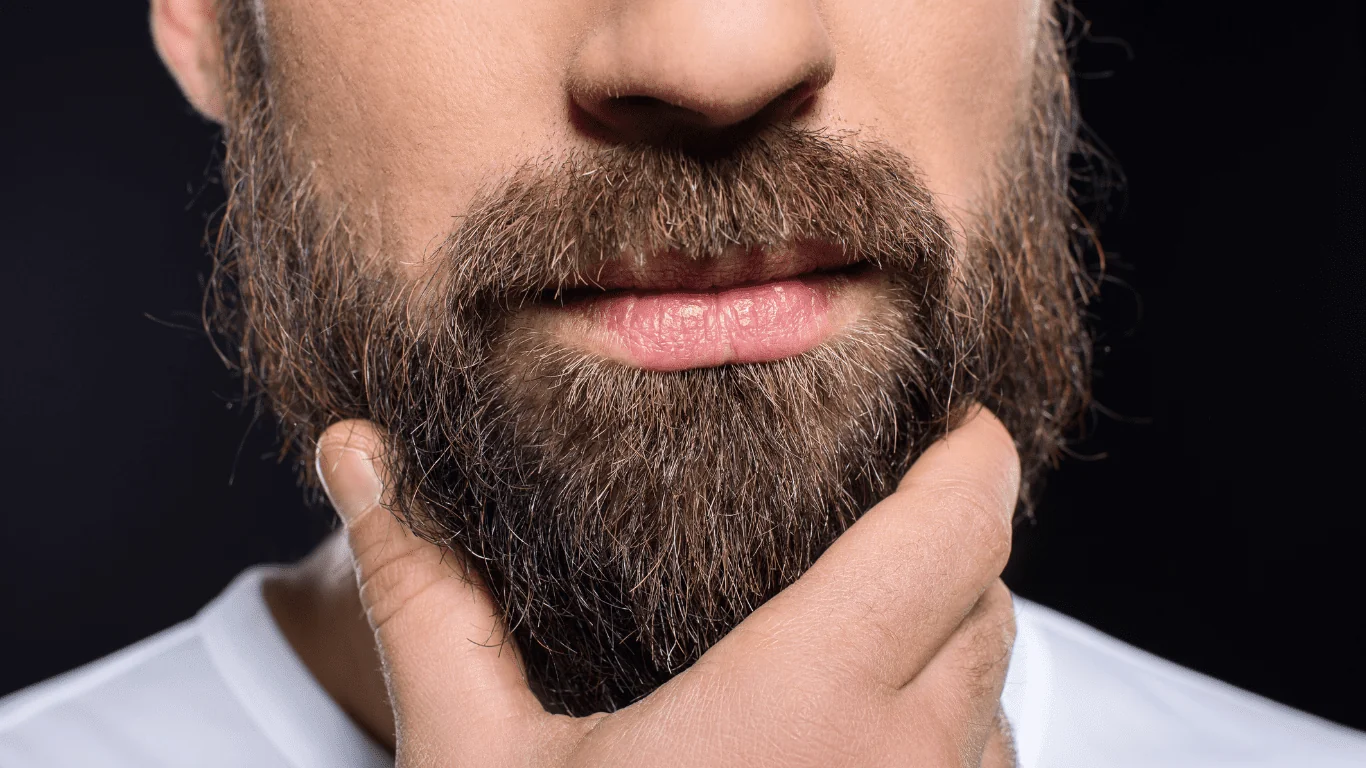Beard and Mustache Transplantation
- Page d'accueil
- »
- Services Category
- »
- Hair Transplantation and Treatments
- »
- Beard and Mustache Transplantation

Beard Transplantation: A Guide to Achieving a Fuller Beard
Throughout history and into modern times, men have sought various methods to address sparse or absent beard growth, whether due to genetics or other reasons. Among these methods, beard transplantation has emerged as a highly effective solution for achieving denser, more robust facial hair.
The Initial Stage of Beard Transplantation
The journey toward a fuller beard begins with a decision to undergo beard transplantation and consultation with a qualified doctor. During this consultation, the doctor assesses the patient’s facial characteristics and discusses the desired beard shape and transplantation method. Once the treatment plan is established, including the number of sessions and associated fees, the transplantation process can commence.
The Process of Achieving a Natural Look after Beard Transplantation
Following beard transplantation, several natural phenomena occur as part of the healing process. These include temporary blood stains and skin bleeding in the transplanted area, which gradually resolve within the first few weeks. As the healing progresses, the transplanted hairs shed before regrowth begins, typically around 6-7 months post-transplantation.
Methods Employed in Beard Transplantation
Advancements in technology have led to the development of different beard transplantation methods, with Follicular Unit Transplantation (FUT) and Follicular Unit Extraction (FUE) being the most common. While FUT may cause discomfort and scarring, FUE has become the preferred method due to its minimally invasive nature and reduced risk of adverse effects.
The Process of Mustache Transplantation
Similar to beard transplantation, mustache transplantation involves determining the number of hair follicles required and selecting the appropriate transplantation method. Local anesthesia is administered before the transplantation process begins, with results typically visible within 8-10 weeks post-transplantation.
Potential Considerations and Post-Transplant Care
While beard and mustache transplantation generally yield satisfactory results, there may be instances of incomplete growth or empty patches that require additional procedures. Patients are advised to adhere to post-transplant care instructions, including the use of prescribed medications and avoidance of excessive touching or scratching during the healing period.
Achieving Desired Results and Ensuring Proper Technique
The success of beard and mustache transplantation hinges on factors such as the direction and angle of hair growth. It’s crucial to seek treatment from experienced professionals who understand the intricacies of facial hair transplantation to achieve optimal results.
In conclusion, beard and mustache transplantation offer a reliable solution for individuals seeking to enhance their facial aesthetics. By understanding the transplantation process and adhering to post-treatment care guidelines, individuals can achieve the fuller, more masculine look they desire.
